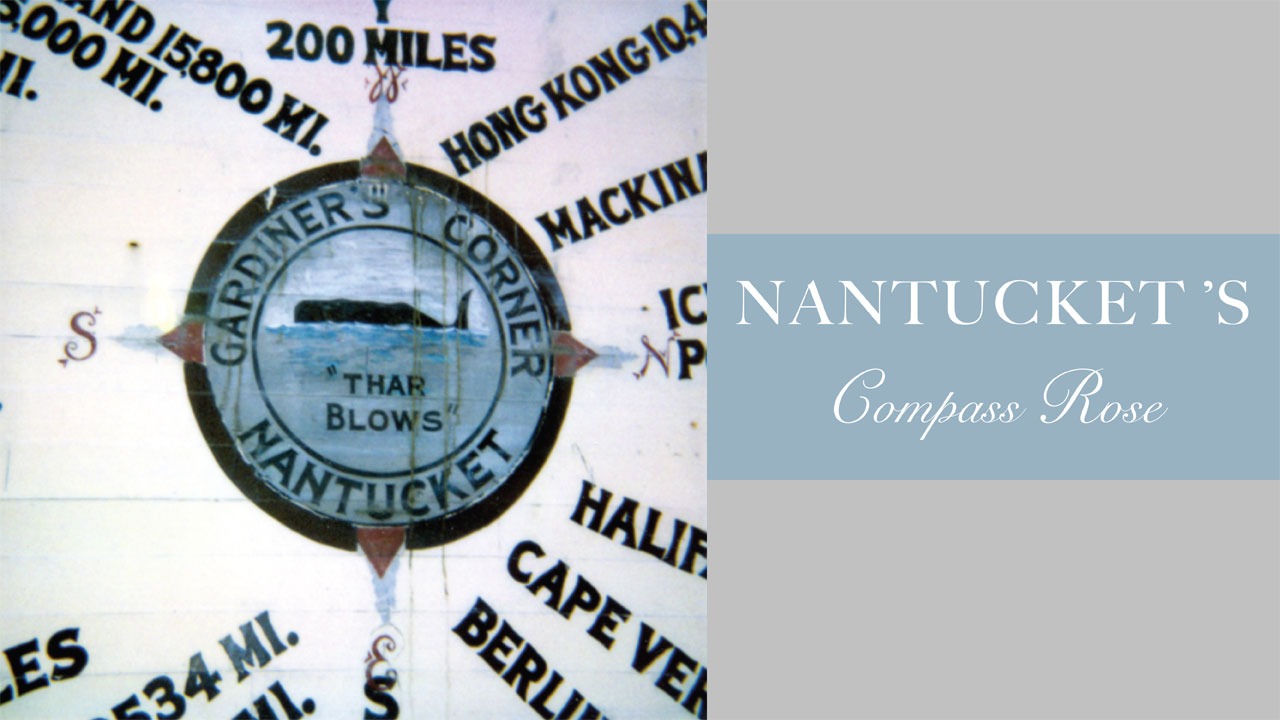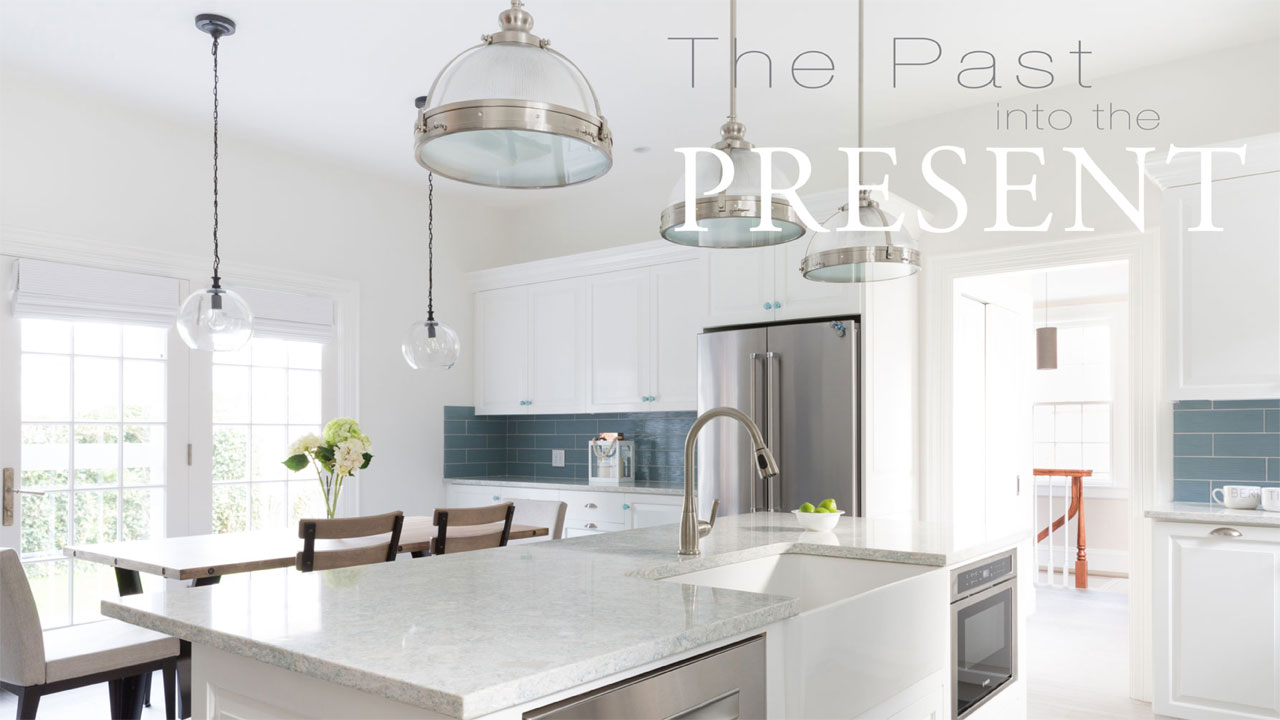Spring Rewards for Fall Plantings
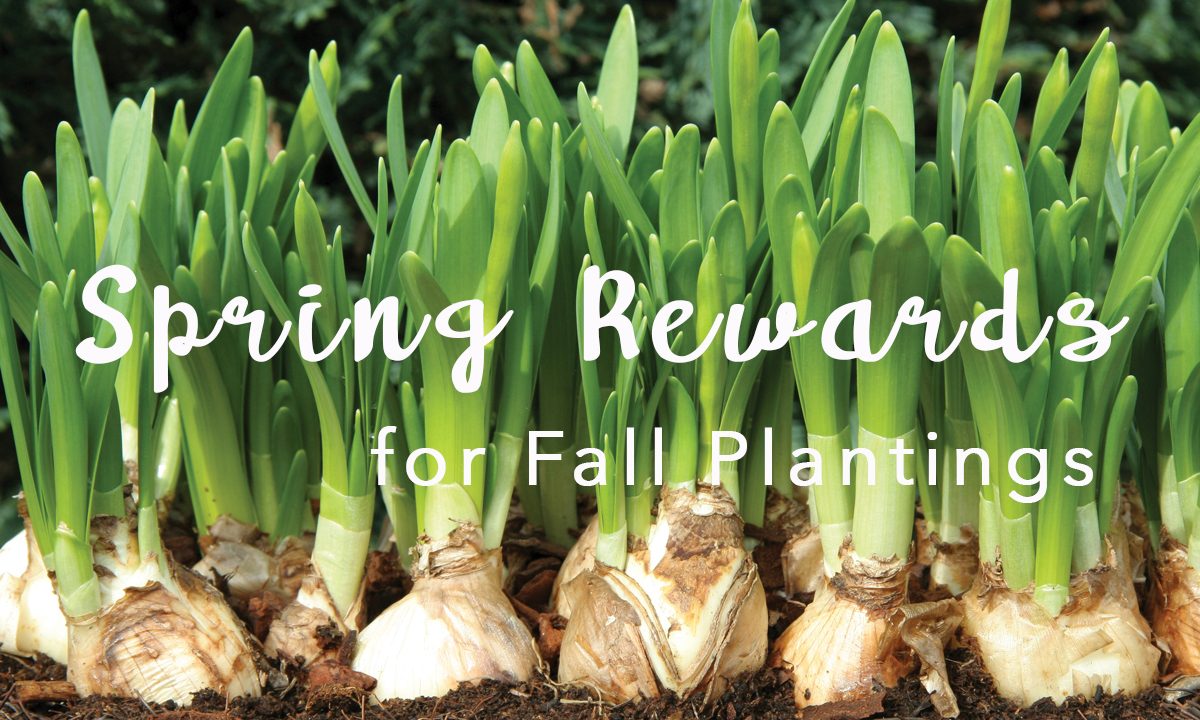
by Deborah Anderson
Planting bulbs on Nantucket in the fall, will bring such surprises in the spring. When the ground is still dusted with frost, you will see little green leaves pop up. These little glimpses of new life after a long winter herald the rebirth of everything to come: baby birds and new flowers and spring rolling into summer. The ability of a bulb to give us this pleasure is well worth your effort of digging holes in the earth and dropping in bulbs the prior fall. Here is what you should think about.
What’s Your Style?
Naturalizing refers to the ability of some bulbs to come back year after year. A synonym is perennialize. Some of the tulip species are good naturalizers, as are some crocuses and many daffodils (and many other bulbs). In naturalistic design, you do your best to imitate a natural planting for a particular type bulb, and you choose bulbs that go on to naturalize on their own, thereby making the planting look more natural year after year.
The planting method and type of bulb you choose can depend on the design style you want to achieve: natural or formal. In formal design, you want bulbs that come back every year. Also, you may want to plant in carefully excavated beds.
Planting Bulbs
Planting bulbs is easy, especially if you’re using a shallow container. You can break a serious sweat, however, if you’re doing mass plantings. Either way, the two most important points that you should know about planting a bulb are:
- Set the bulb at the correct depth.
- Place the bulb right side up in the hole.
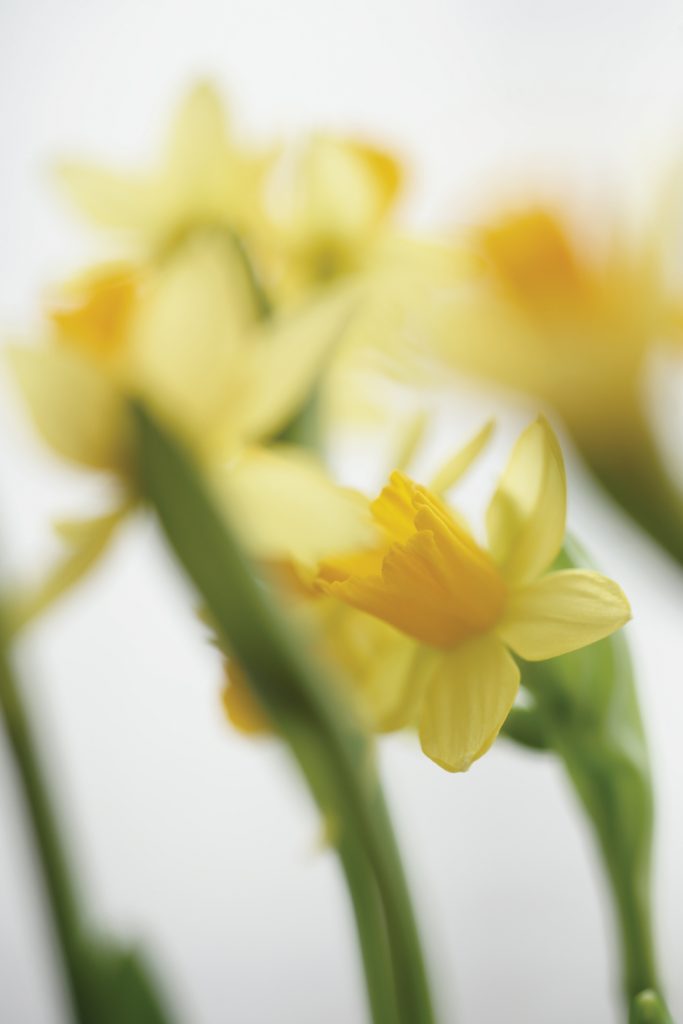
daffodil 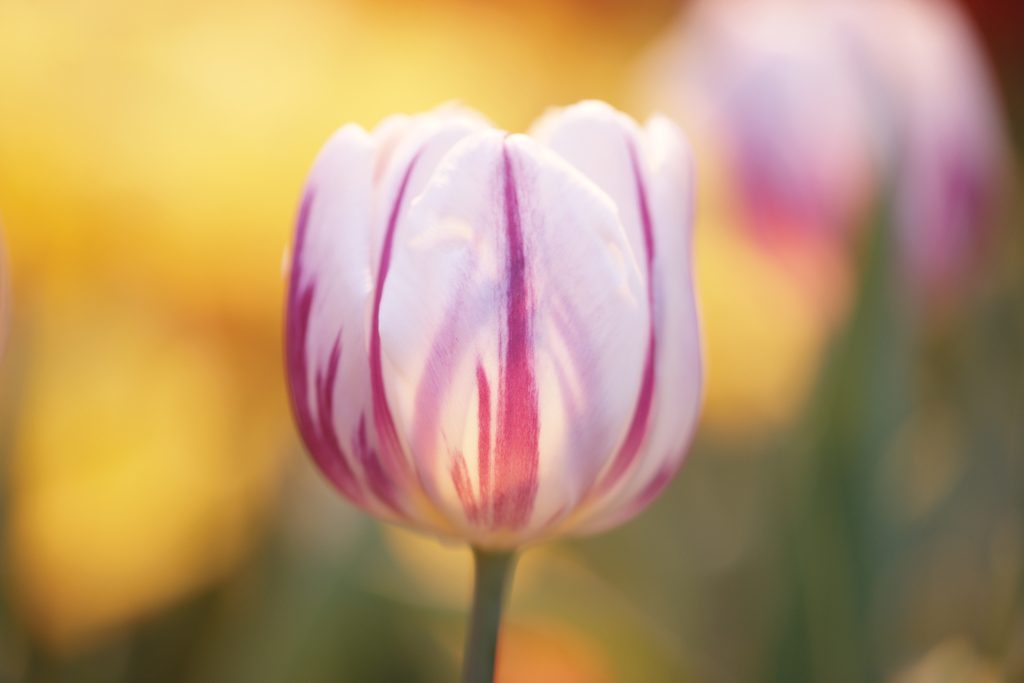
tulip 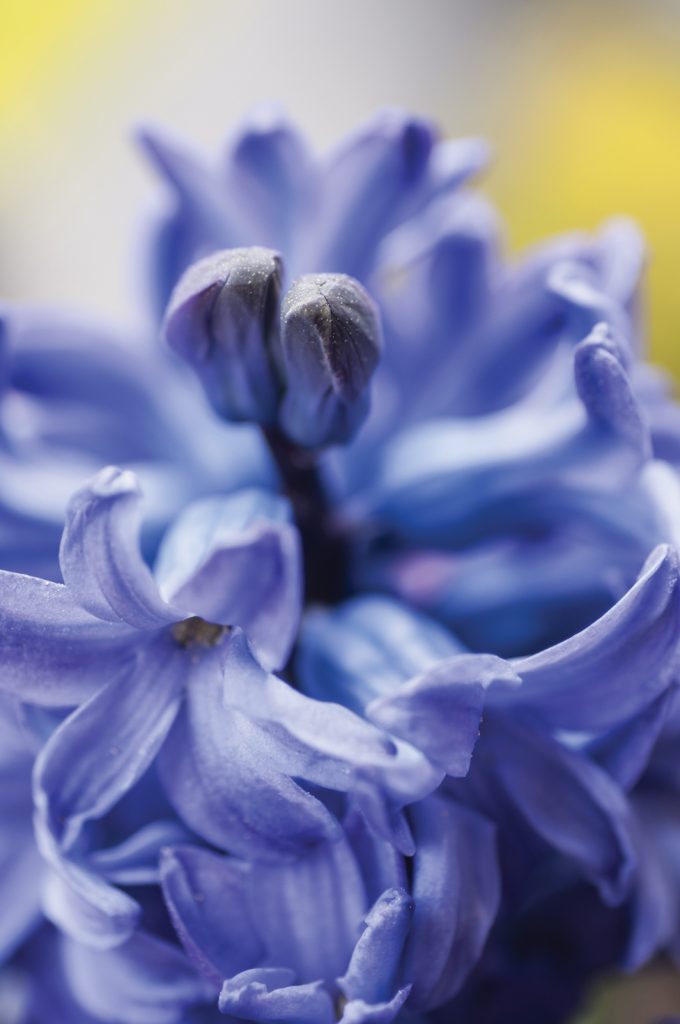
hyacinth 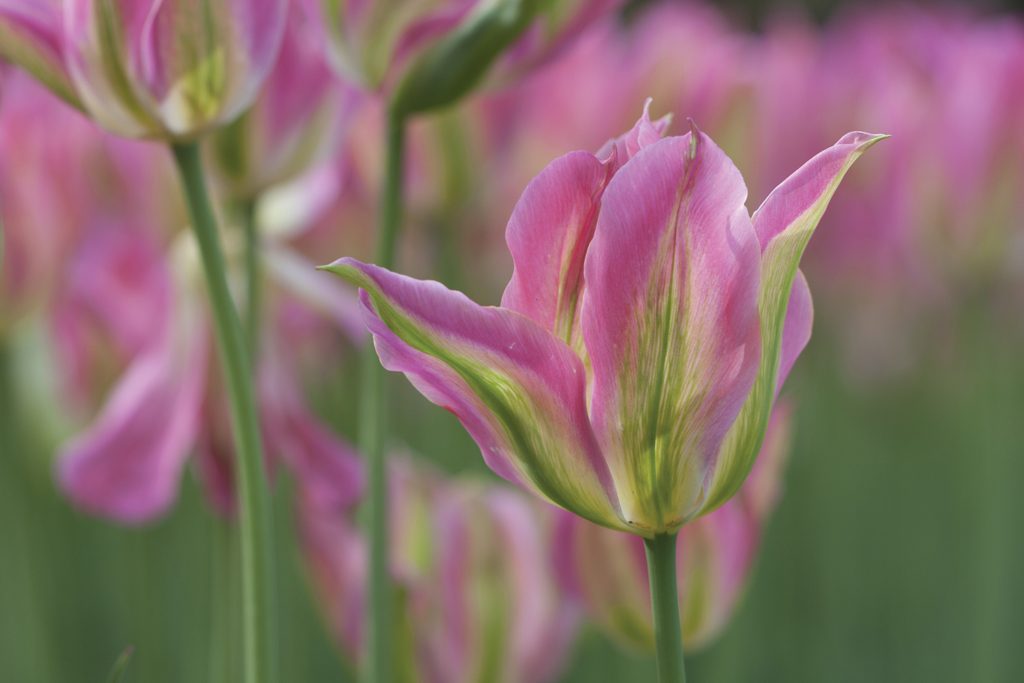
tulip 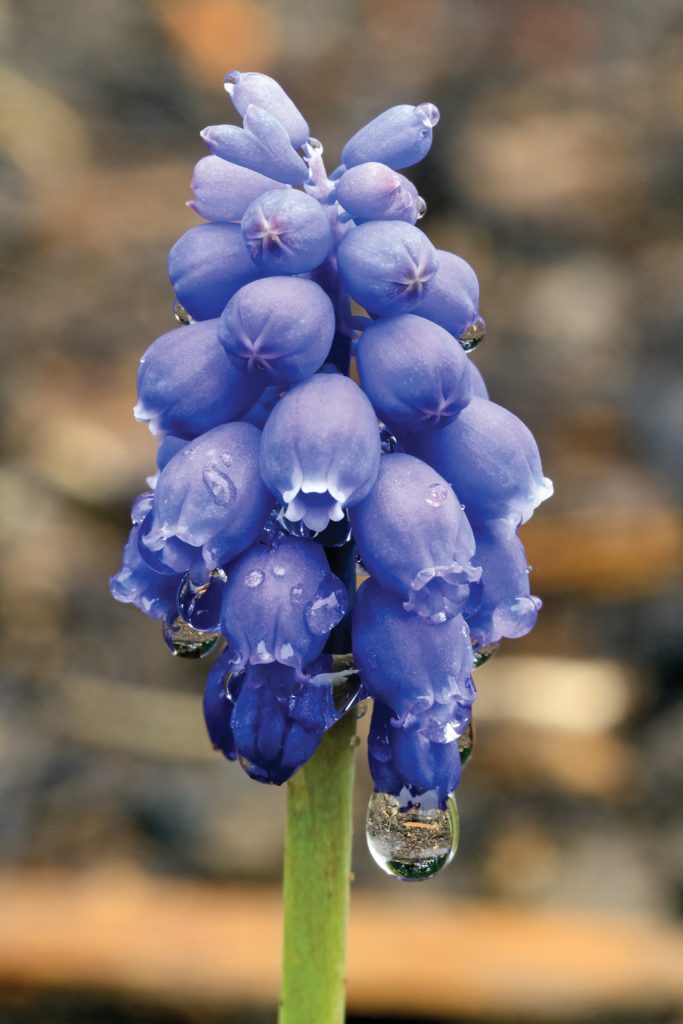
grape hyacinth 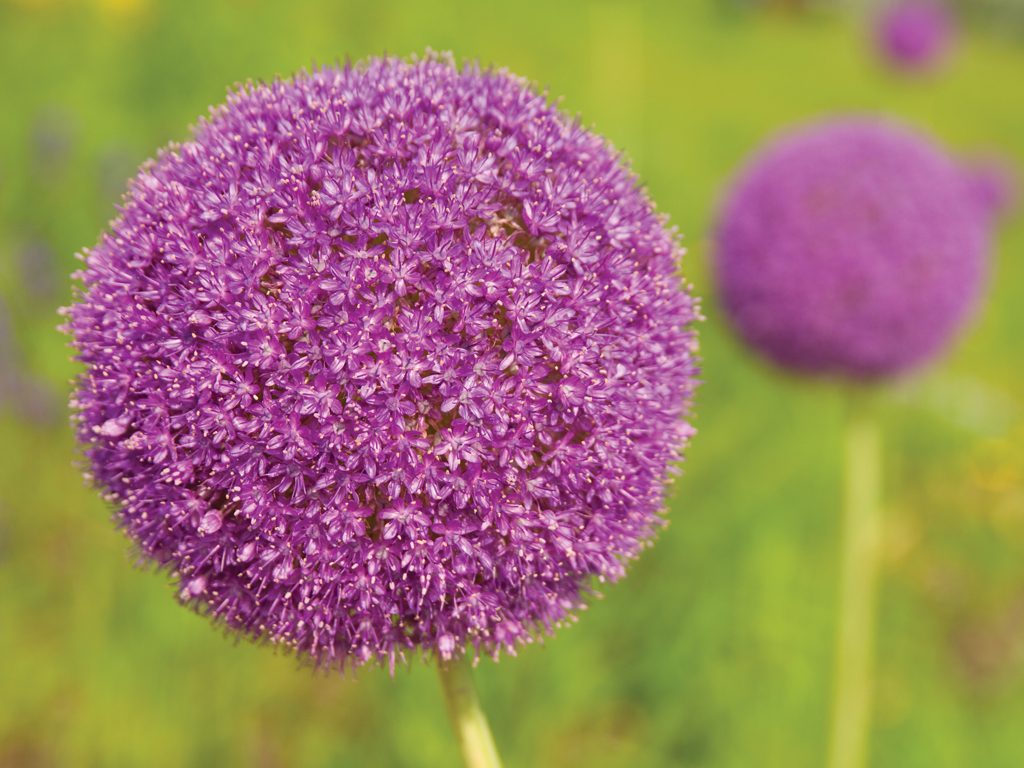
giant alium
As a general rule, most bulbs should be planted at a depth equal to three times their diameter. For example, plant a 2-inch (5 cm) bulb 6 inches (15 cm) deep. Remnants of roots on the bottom of the bulb should tell you which side of the bulb points down. If you see no sign of root remnants, plant the bulb so that the most pointed, narrow part points up. If you have any doubts, ask our local nurseries or your landscaper.
If you have heavy clay soil, try planting at one-half the recommended depth. The bulb won’t have to expend as much energy struggling through the dense clay.
You can plant bulbs individually by using a hand trowel or bulb planter. If you are planting many bulbs, dig one big trench or hole and place the bulbs in the bottom.
Most bulbs require well-drained soil. (Bulbs can rot in soggy, overly wet ground.) Before planting your bulbs, mix a slow-release, complete fertilizer into the soil in the bottom of the hole, then add a little more soil so that the bulb itself doesn’t come in contact with the fertilizer granules. You can find appropriate bulb fertilizers in nurseries and garden centers. After planting the bulbs, water them thoroughly.
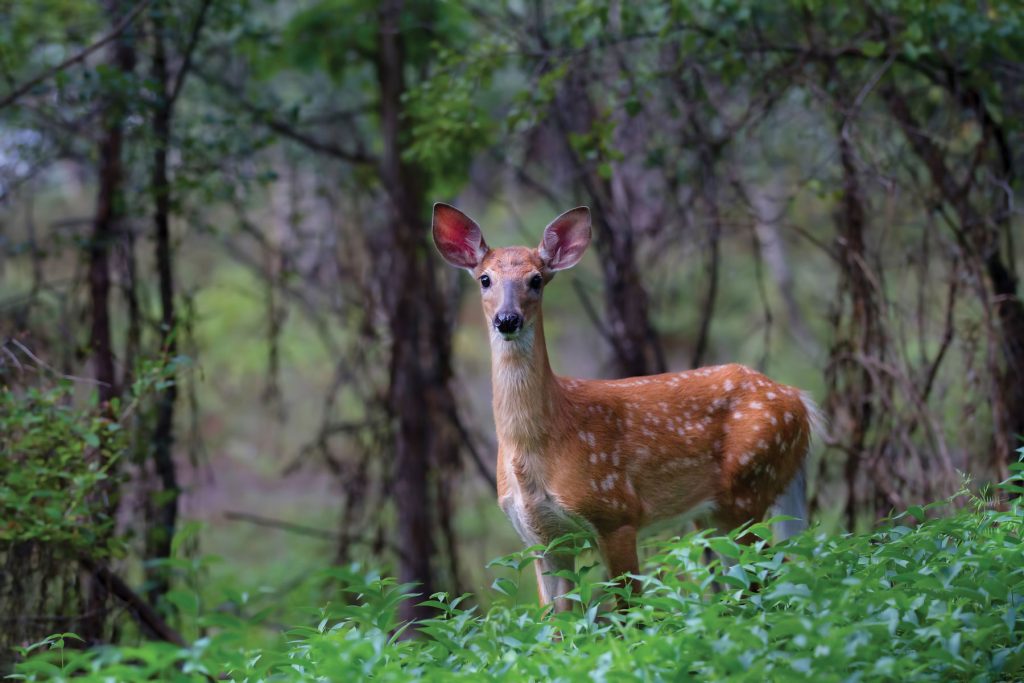
Beware the Creatures
Planting bulbs on Nantucket in the fall requires some consideration of the environment. A gardener can be pretty perplexed when the 200 bulbs he or she planted last fall make just a meager showing in the spring. Yes, the reason could be inferior bulb quality or improper planting depth, but a likely culprit could be an animal. On Nantucket, mice, deer, and yes, now squirrels, forage for and feast on bulbs planted on Nantucket in the fall. But don’t despair — you can grow beautiful flowering bulbs. Consider the following:
- Most critters leave daffodils and snowdrops alone, which is one big reason many of these plants naturalize so well.
- Use bulb fertilizer or superphosphate instead of bone meal, which can attract some animals.
- If burrowing animals are a problem, plant the bulbs in a wire mesh bulb basket.
- Once you have your bulbs in the ground, wait for spring and you will see the little green shoots begin to poke through the earth. Crocuses, snow drops and muscari will be the first to pop through. What a pleasure these spots of color provide.
- Nantucketers are well aware of the fall planting of daffodil bulbs. An entire Daffodil Festival is built around their blooming, and everyone enjoys them along our roadsides and in our gardens.
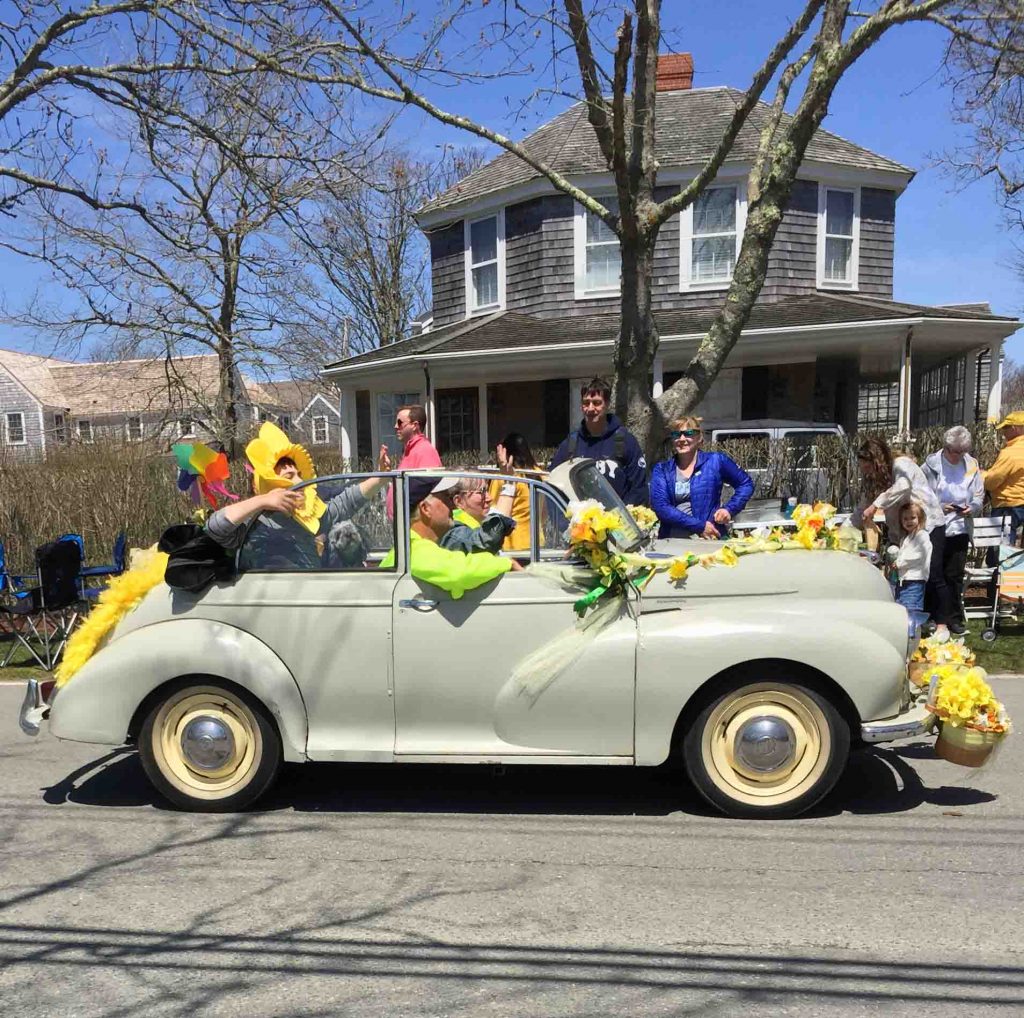
Daffodil Festival always occurs on the last weekend in April. Local gardeners who grow their own daffodils display them at the Garden Club‘s annual flower show competition. The crowning glory of this weekend is the antique and classic car parade in which elaborately decorated and beribboned Rolls Royce Silver Clouds, Ford Model-Ts, Thunderbirds and Volkswagens travel from Main Street out Milestone Road to Siasconset, where the parade culminates in tailgate picnics.
Read more on Nantucket’s Daffodil Weekend festivities here.
